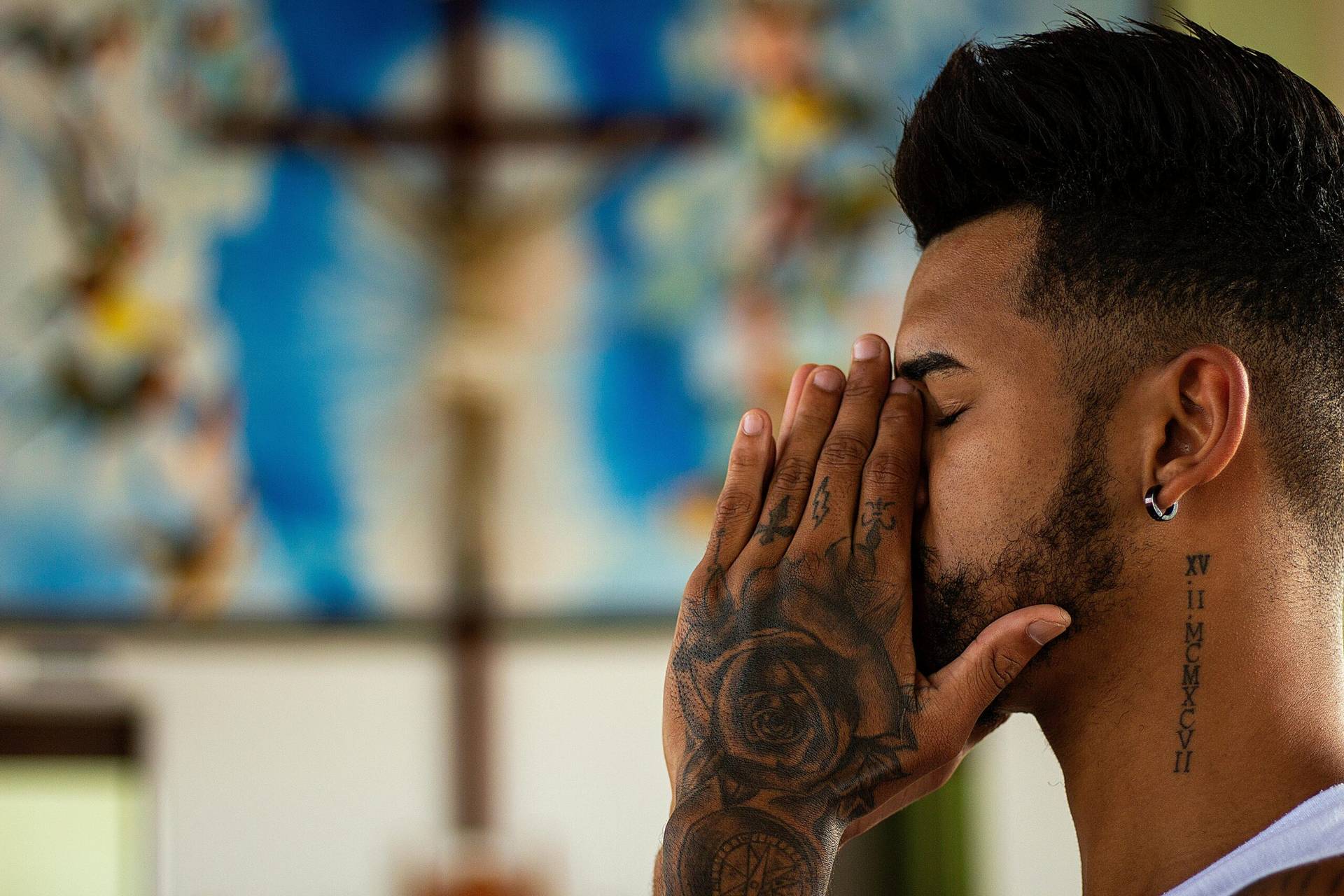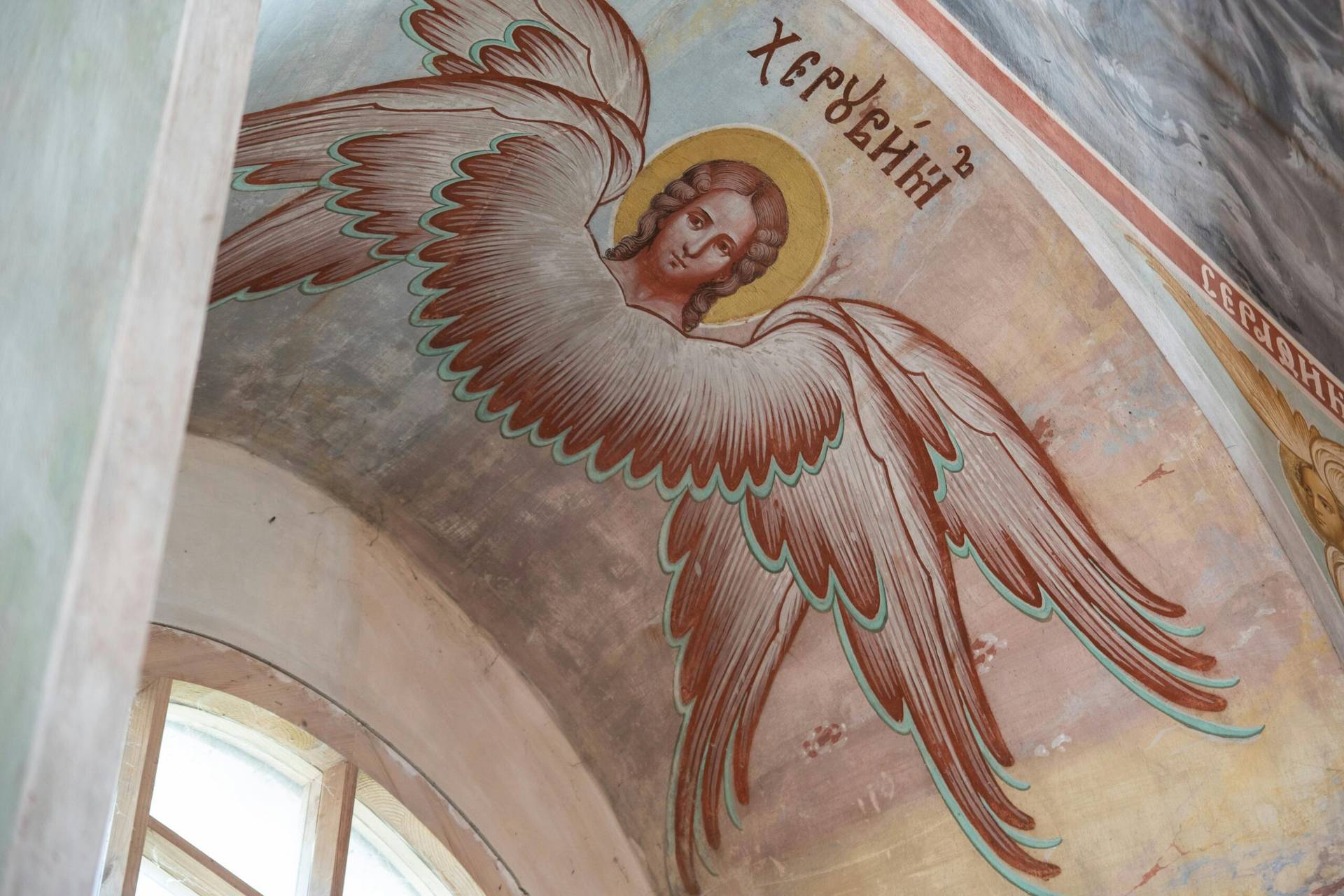ROME — Praise and worship songs served as the soundtrack for the first fifteen years of my life. Each Sunday, I’d stand in the pews of my Pentecostal Holiness church and join in singing popular upbeat anthems such as “Here I am to Worship” and “Shout to the Lord.”
When I left that congregation at age sixteen, I was pleased to think I’d abandoned all that happy-clappy nonsense for good.
My conversion to Catholicism at age twenty-two was both an intellectually driven experience and one motivated by the beauty I found in the liturgy. I was happy to have traded in tambourines and clapping for triptychs and chant.
In the years since, I’ve often enjoyed mocking the religious upbringing of my childhood. Spiritual formation was delivered via flannel board presentations of scripture stories. The unruly nature of our worship services left us never quite knowing if “the spirit would move” and we’d be home for lunch at noon or closer to 2 pm. And I’ve yet to recover from what I perceived to be the manipulative pressure to receive the gift of tongues—“you just need to learn to pray harder!” I was told on countless occasions.
Considering my jaded background, I certainly would have never predicted that I would find myself in Rome at the Golden Jubilee of the Charismatic Renewal where 30,000 Catholics and evangelicals joined together for a vigil before Pentecost Sunday.
This celebration was the penultimate event of a week-long festival marking 50 years since the start of the Catholic Charismatic Renewal (CCR). As my Crux colleague Austen Ivereigh has pointed out, the CCR is, numerically, the largest of the new moments within the Church—except that it isn’t a formal movement at all, but rather a collection of groups focused on the work of the Holy Spirit in the life of the Church.
Pope Francis has shared a particular closeness to the movement dating back to his time as Archbishop of Buenos Aires. For Francis, the CCR is a means of promoting greater Christian unity and ecumenism and a way to create greater space for the movement of the Holy Spirit to guide the Church in unity and spiritual renewal.
Speaking to the colorful and diverse crowd from 128 different countries, the pope was clearly in his element. Witnessing his joy and his surety that this occasion was not just an obligatory papal appearance, but instead, was representative of the future of the Church, I was forced to confront my own skepticism.
I had left my charismatic roots for the Catholic Church, and only looked back to humor myself. How did this scene in front of me resemble more something out of my childhood than it did the Church I had come to know over the past decade?
What I came to discover this past weekend is an old truth that’s long been at the heart of Catholicism: Ours is a faith of the “both/and”—not the “either/or.” The lesson I learned through the CCR is that the binary divide between Catholicism and the charismatic movement need not be so. For if something is true, we shall know and judge it by its fruits.
In the case of the CCR, the past fifty years has yielded a harvest of new prayer groups, missionary activity, charity toward the poor, a greater awareness of Christian persecution and martyrdom, and cast a spotlight on the need for a renewed emphasis on openness to the Holy Spirit.
In this sense, the CCR is reflective of the broader mission of the Francis papacy—one that is buttressed on the idea of creating space in the Church for all movements that are true fruits of the spirit, and allowing them to flourish. Francis has frequently stated that he believes this is a kairos time within the Church—“a special time of grace” and he repeated that claim at the Pentecost vigil.
Was I right to be turned off my certain elements of the church of my youth? I think so. Is there a need for critical reflection and scrutiny of all movements to be sure that they conform to the Gospel? Absolutely.
But rather than shunning individuals and movements that at first seem peculiar or different, the lesson of Pentecost is that despite having different parts, “we were all baptized into one body.” And sometimes the force of one of those parts, can serve to strengthen the whole—if we allow it the space to operate and grow.
As Pope Francis said in his homily for Pentecost: “To each he gives a gift, and then gathers them all into unity. In other words, the same Spirit creates diversity and unity, and in this way forms a new, diverse and unified people: the universal Church.”
What the past few days helped make clear to me is that my appreciation for a different kind of music or a distinctive way of praying isn’t what makes me Catholic. Instead, it’s being joined to a universal Church founded by Christ, which is always absorbing whatever is of God—including things that aren’t necessarily of my own particular tastes—and using them for good.
When the shouts of “Amen” and “Hallelujah” echoed throughout the crowd at Saturday’s vigil, I no longer felt the need to roll my eyes. Instead, I closed them and joined in quiet prayer.
Up on the stage, overlooking Rome’s Circus Maximus, Pope Francis stood with his hands lifted and a face that alternated between sheer joy and deep prayer. He was, perhaps, more at home there than at any other point that I’ve witnessed in his papacy. And in a strange and unexpected way, I was too.


















